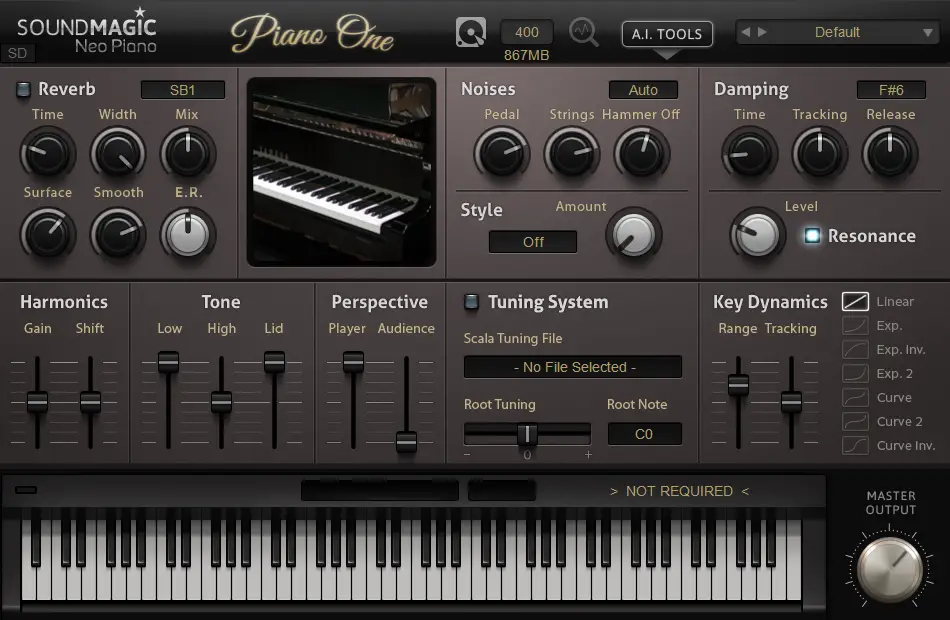

VST on the other hand is a special platform that makes it possible for software that simulate the functions of hardware equipment and sounds of instruments to be used within a digital audio workstation or as a standalone instrument player on your computer. These are third party software of programs that can be installed within an existing program to perform a specific function. If you know enough about computers, then you will likely have come across the word plugins. This is the power and benefit of VST plugins. You can now easily feature the different tones in a musical production without having to physically have any of these instruments anywhere near you. Thanks to VST plugins, it is now possible to enjoy the different tones and feel of these different types of organs all from one point. This setback has thankfully been overcome with the help of technology. With over 10 types of this instrument to choose from based on their unique tones, it is practically impossible for anyone to own each one of them. You can find an extensive list of the different types here. The digital or electronic variant tries to simulate the tones of these various types so it does not necessarily have a tone of its own. The reed type uses reeds like the accordion while the others use electricity, water, steam and digital synthesis respectively. Examples include those that use reed, electricity, water, steam and digital synthesis.Īll you need to do is look at the names to know how they generate their sound. Some examples that fall under this category include: church, concert, theater and chamber organs.įor the non-pipe category, we have other variations that make use of methods other than air passing through pipes. You will also find that the largest of organs fall under this category. This is probably the earliest form of this instrument. Pipe organ describes the types that make their sound using the passage of air through precisely measured pipes. We can broadly group the many different types of organs into two – Pipe and non-pipe organs.

This difference in sound can be readily linked to the principle behind their functions. It also has a number of variations with marked differences mainly in their sound. Like we mentioned above, this is one of the oldest instruments available today. In this article, we will take a quick look at this instrument and how practically anyone can use it in their music projects. This instrument is easily among the oldest instruments still relevant in modern music. While the piano naturally delivers a bright, delineated sound that is only sustained when a sustain pedal is used or while the note is held down, the organ on the other hand delivers a rich sustained sound that has a naturally lengthy decay time. This instrument has an interesting and rich history which you can find here. This is however how far their similarity goes. The organ is an amazing instrument that is very similar to the piano in that they are both played using the same musical principle based on white and black keys that represent the musical scale.


 0 kommentar(er)
0 kommentar(er)
